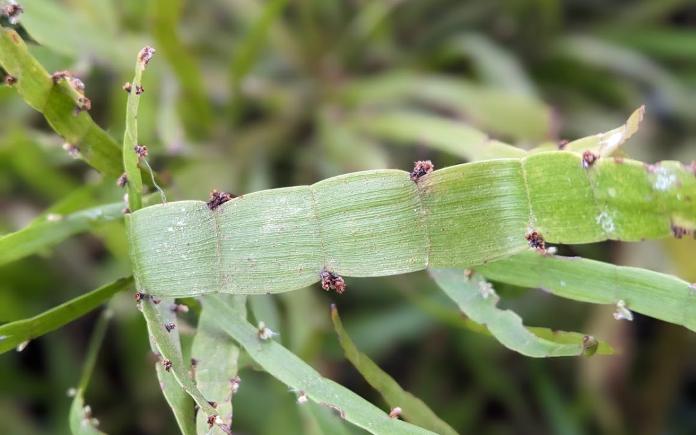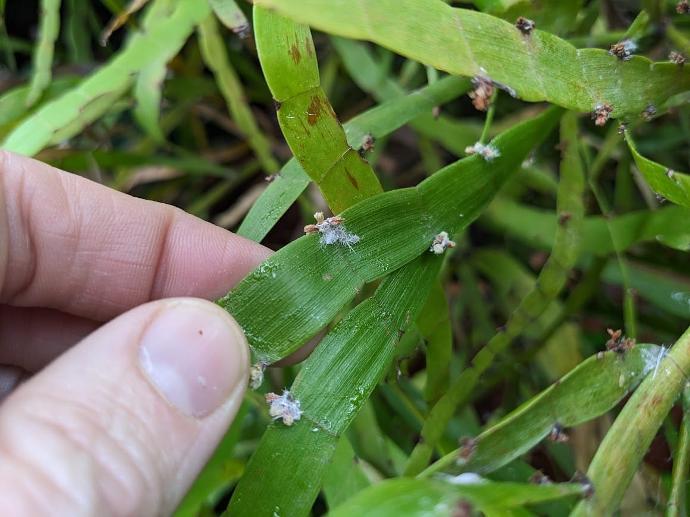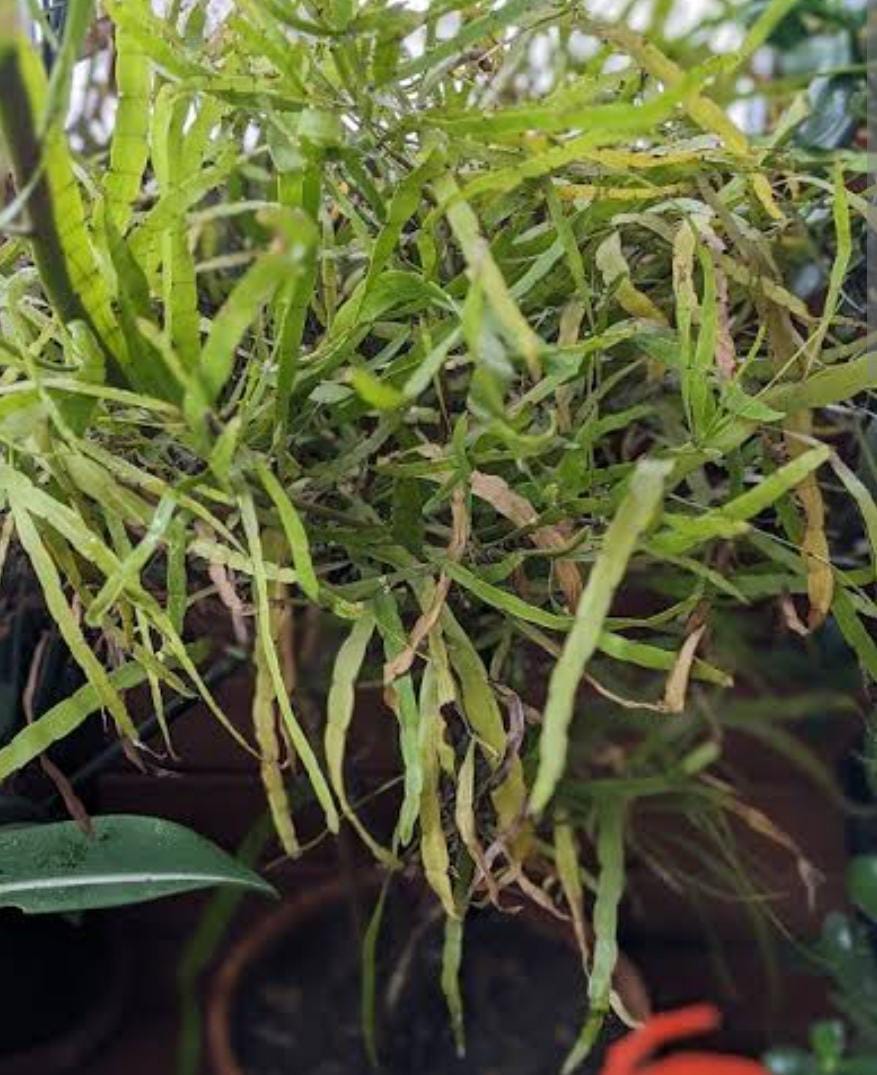Tapeworm Plant
TAPEWORM PLANT, possibly referring to a specific plant variety, may have varying care requirements. Generally, provide well-draining soil, appropriate sunlight, and regular watering. Pruning and fertilizing practices may vary based on the specific characteristics of this plant.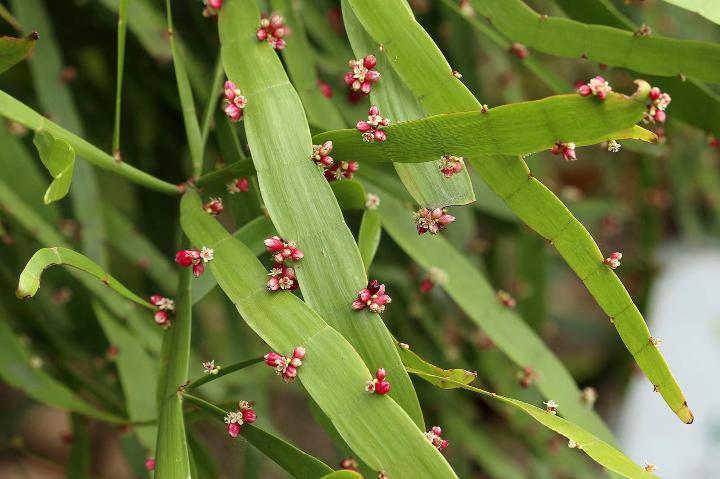
Habit
Vine
Height
0.3 to 0.5 m
Growth
Fast
Soil
Well-drained, Sandy Loam
Shade
Low to bright indirect light
Moisture
Moist
Edible
No
Medicinal
No
Origin
South Africa
Climatic Condition
Subtropical, Temperate
Temperature (°)
10°C to 25°C
Humidity (%)
50% to 60%
Potting media
50% Loam, 40% Sand, 10% Compost
Fertilizers
Organic Fertilizer
Watering
Regular watering
Plant Weight
0.3 to 0.5 kg
Flowering Time
Spring to Fall
Soil Ph level
6.0 to 7.5
Water Ph level
6.0 to 7.0
Soil EC
0.4 to 0.7 mS/cm
Yield Per Plant
1 to 2 kg per plant
NPK ratio
10:10:10
life Span
3 to 5 years
Health Benefits
Ornamental, Medicinal
Suggested Grow Media or Potting Mix ?
50% perlite, 30% potting soil, 20% coarse sand
Suggested Fertigation/Fertilizers
Fertilize every 4-6 weeks with a balanced, water-soluble fertilizer.
Common Diseases and Remedies
Damping off , powdery mildew.
wilting and browning of leaves . Dark spots an the leaves . White powdery substance on the leaves .
spray cow urine
HEALTH BENEFITS
1. Anti-parasitic: The plant's anthraquinones and glycosides may help eliminate intestinal parasites.
2. Anti-inflammatory: Tapeworm Plant's flavonoids and glycosides may help reduce inflammation and alleviate symptoms of conditions such as arthritis.
3. Antimicrobial: The plant's glycosides and flavonoids may help protect against infections and promote wound healing.
4. Antioxidant: Tapeworm Plant's flavonoids and anthraquinones may help protect against oxidative stress and inflammation.
What Is A Tapeworm Plant ?
"Tape worm plant" is a common misspelling or misunderstanding of "tapeworm plant." The correct term is "String of Pearls" plant, which is a succulent belonging to the genus Senecio. String of Pearls gets its name from its unique trailing stems adorned with spherical, bead-like leaves resembling a string of pearls.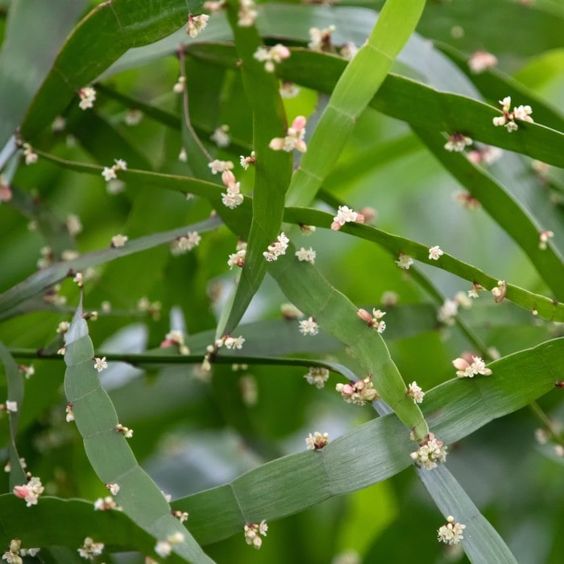
What Are The Different Types of Tape worm Plants ?
String of Pearls (Senecio rowleyanus):
Features cascading stems with small, spherical leaves resembling pearls. A popular choice for hanging on the edge of hanging baskets or containers.
Banana String (Senecio radicans):
Similar to string of pearls, but the leaves are shaped like miniature bananas. It has a drooping habit and is prized for its unusual appearance.
Dolphin series (Senecio peregrinus):
A new variety with leaves in the shape of a jumping dolphin. Like other tapeworm plants, it has a trailing habit and is prized for its unique leaves.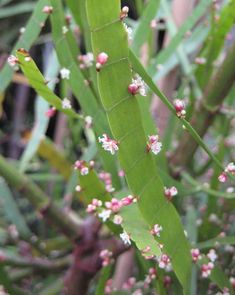
How do I care for Tapeworm plant?
Location
Place the tapeworm plant in bright, indirect sunlight. It can tolerate some direct sunlight, but may need protection from strong afternoon sun.
Sunlight
Tapeworm plants grow in bright indirect light. Too much direct sunlight may cause leaf burn.
Soil
Use well-drained soil specifically designed for cacti and succulents. A mixture of potting soil, perlite, and sand is effective.
Hydration
Water tapeworm plants sparingly, allowing the soil to dry completely between waterings. Too much water can cause root rot, so be sure to water appropriately.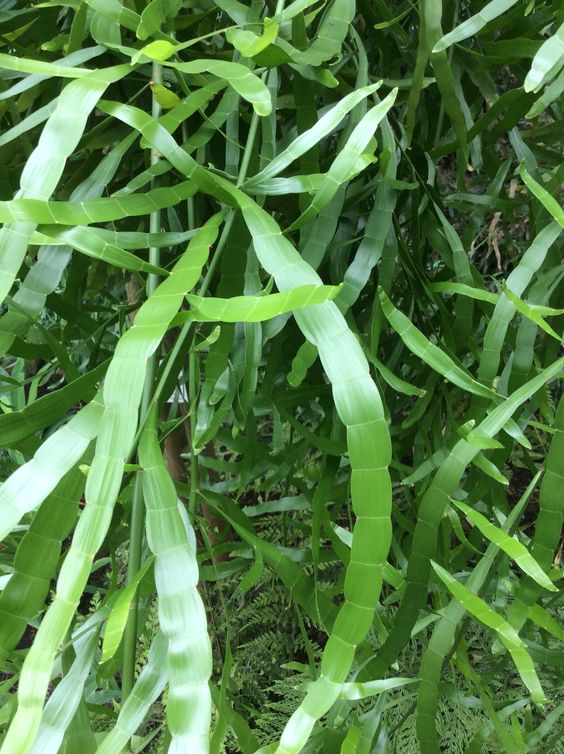
Nourishment
During the growing season, lightly fertilize tapeworm plants with a balanced liquid fertilizer diluted to half strength. Please refrain from fertilizing in winter as growth slows down.
Issues
Watch for the following signs of overwatering. B. If the stems turn yellow or become mushy, adjust watering accordingly. Tapeworm plants may also be susceptible to pests such as mealybugs and spider mites. Therefore, check regularly and treat if necessary.
What Are The Benefits Of Tapeworm Plant?
Thetapeworm plant is prized for its unique trailing habit and attractive pearl-like leaves that add visual interest to indoor spaces.
Relatively easy to care for and drought tolerant, this is a good choice for busy people or owners of forgetful plants.
Like other succulents, tapeworm plants help improve indoor air quality by removing toxins and releasing oxygen.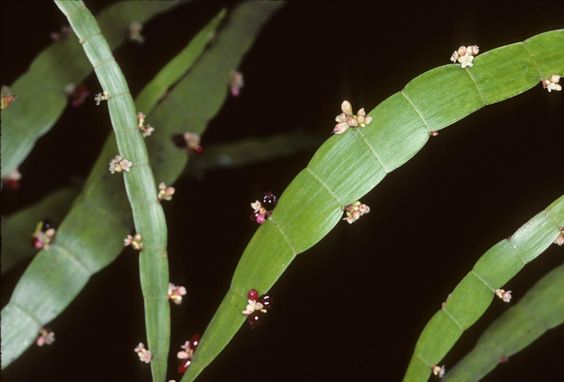
FAQs About Growing Tapeworm Plant
How often should I water my tapeworm plants?
Water sparingly so that the soil is completely dry between waterings, usually every 2 to 3 weeks.
Can tapeworm plants survive in low light?
Tapeworm plants prefer bright, indirect light and tolerate some shade, but growth may be slower.
How do I propagate tapeworm plants?
Tapeworm plants are easily propagated by taking stem cuttings and planting them in well-drained soil or water until roots form.
Why do the beads on my tapeworm plant turn yellow?
If the beads turn yellow, it may indicate overwatering or lack of light. Adjust watering and lighting conditions accordingly.
